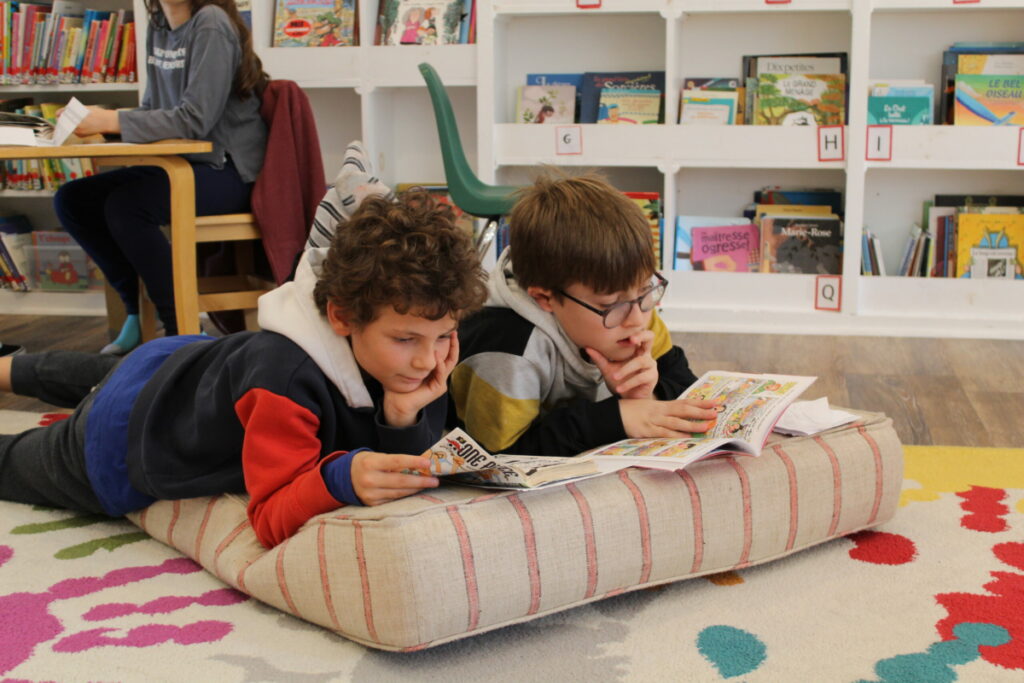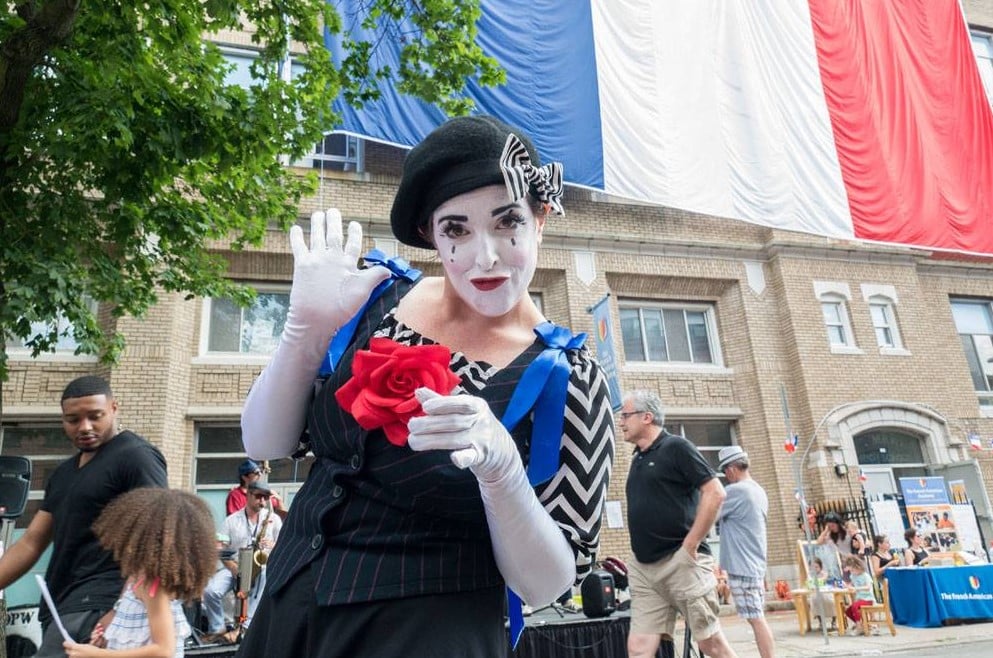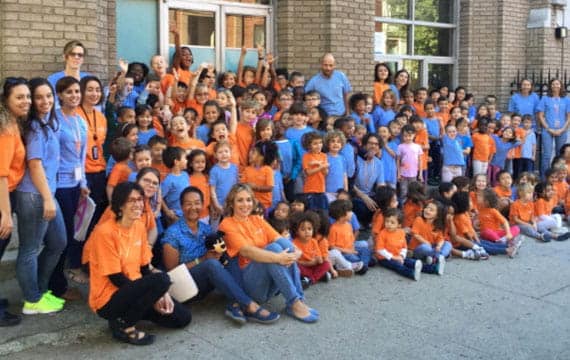Words like student voice, co-design, and agency get thrown around a lot in education. But how can we tell if a school is genuine about these endeavors? What do these words actually mean and look like day-to-day? What’s the evidence for these approaches, and what will they look like in the French American Academy’s new High School in Jersey City Heights, opening in 2025? Our marketing team sat down with the new High School Director, Eric Woodward, to answer these questions.

First things first, Eric, what do all these buzzwords mean in reality? Are they different or are they all just the same thing?
They are absolutely different. I try my best to be specific about how much influence and autonomy we are actually giving our students. Knowing where students can safely take risks, where they will be listened to and consulted, and what boundaries or limits may be placed upon their autonomy is extremely important in adolescent development and in a student’s overall investment in their school. Voice, agency, and co-design can be thought of as existing on a sliding scale from low autonomy to high autonomy.
- Student voice is the lowest level of autonomy. This is where students are consulted on various matters, but ultimately, final decisions rest with the adults.
- Student agency is at the other end of the spectrum, where students are given almost complete autonomy over something and are therefore responsible for the outcomes.
- Student co-design sits in the middle: students have input on a project or a decision from start to finish, with guidance and collaboration from teachers.

None of these approaches is inherently better or worse than the others because it depends on the importance of what the school is relinquishing control over to the students, as well as the readiness and motivation of the students to take control. For example, student agency in the form of a free period might translate into students gaming and sitting on their phones the entire time. Similarly, student voice through a student representative council is all well and good, but if all the students are voicing their opinions on what the canteen serves at lunch, it’s hardly transformative. Too much autonomy without the necessary skills or investment is neglectful on the part of the school, and not enough autonomy can, at its worst, be a form of oppression. This is why student co-design serves as a happy medium.
So what is co-design, and what does the research say?
Co-design is, in my view, the most powerful way for schools to achieve lasting student leadership and student-centered design, which I am convinced leads to better schools. It’s a simple principle, really: starting from the basis that our students have a desire to learn, achieve, and realize their dreams. This isn’t something we as educators can fully know or impart to them. But they are in school because they lack the tools, skills, and knowledge to get there. This means, as an architect would do with a homeowner, as a psychologist would do with a client, or as a writer would do with an illustrator, they collaborate! Together, they achieve an outcome that is better because it combines expert knowledge with personal experience and vision.
Peer-reviewed education research into student co-design has shown improvements in student engagement and motivation, depth of understanding, comprehension of complex concepts, problem-solving, achievement, and even improvements in teacher subject confidence.
So, what will this actually look like in practice at the French American Academy High School?
The benefit of opening a new High School is that we have the opportunity to co-design many aspects of the program with students! Here are some of the areas we would love to start with:

- Classroom design
- School uniform
- Interdisciplinary subjects and electives
- Clubs
- Conflict and behavior management: students will receive training in non-violent communication, restorative justice, and peer support
- Assemblies
- Field trips
Finally, the International Baccalaureate Middle Years Program, for which the FAA is a Candidate School, is replete with student co-design. An entire subject is dedicated to Design and explicitly teaches design thinking and skills. Students in Grade 10 undertake a six-month Personal Project that follows the design cycle and enables them to explore an area of personal interest. Every subject teacher is responsible for incorporating approaches to learning and assessment that include creative and critical thinking, problem-solving, global-mindedness, and other skills that link directly to co-design, ensuring that FAA students are equipped to be partners, not passengers, in their education.
Find out more about how your child can access a private, bilingual, IB education in Jersey City. Take advantage of our generous Referral Program for 2025. Book a tour now or get in touch to find out more and secure a place for 2025.
*The French American Academy (FAA) is a Candidate School for the Middle Years Program. This school is pursuing authorization as an IB World School. These are schools that share a common philosophy—a commitment to high quality, challenging, international education that The FAA believes is important for our students. Only schools authorized by the IB Organization can offer any of its four academic programmes: the Primary Years Programme (PYP), the Middle Years Programme (MYP), the Diploma Programme, or the Career-related Programme (CP). Candidate status gives no guarantee that authorization will be granted. For further information about the IB and its programmes, visit www.ibo.org.







